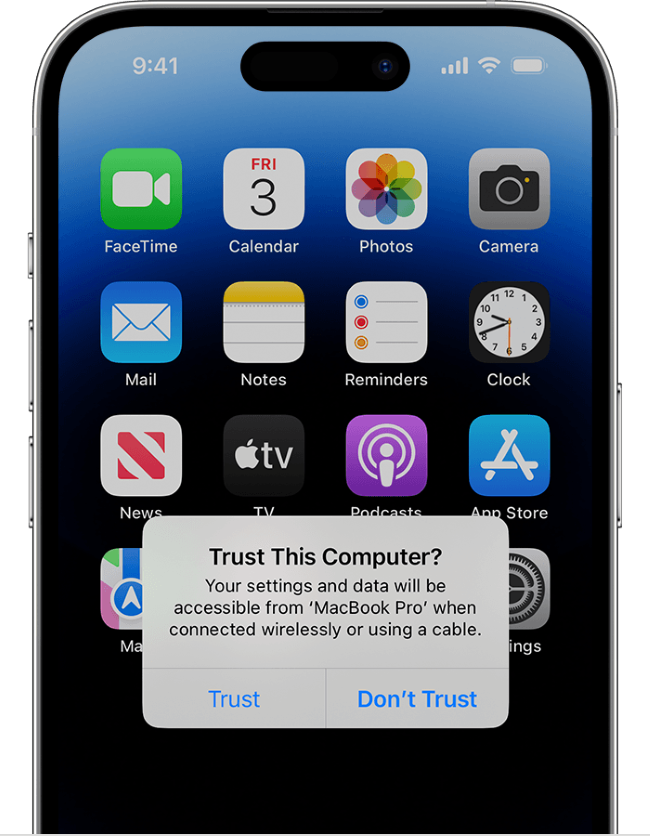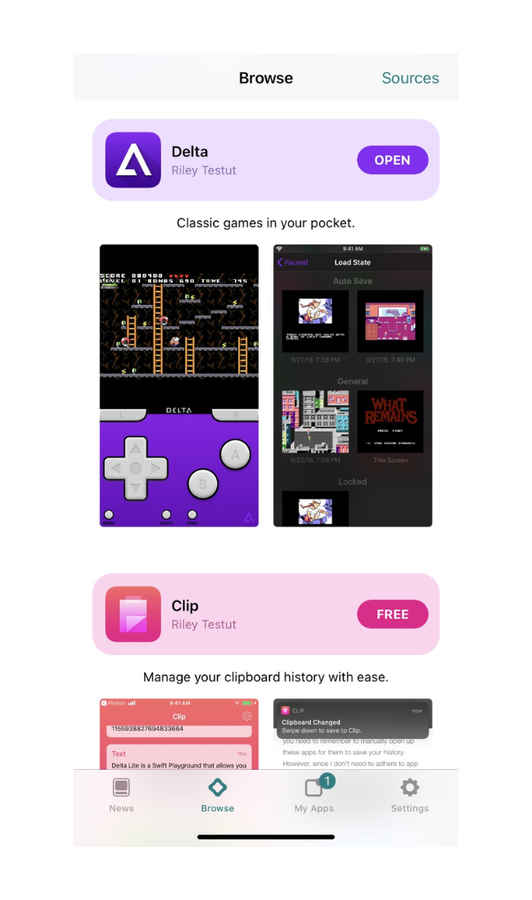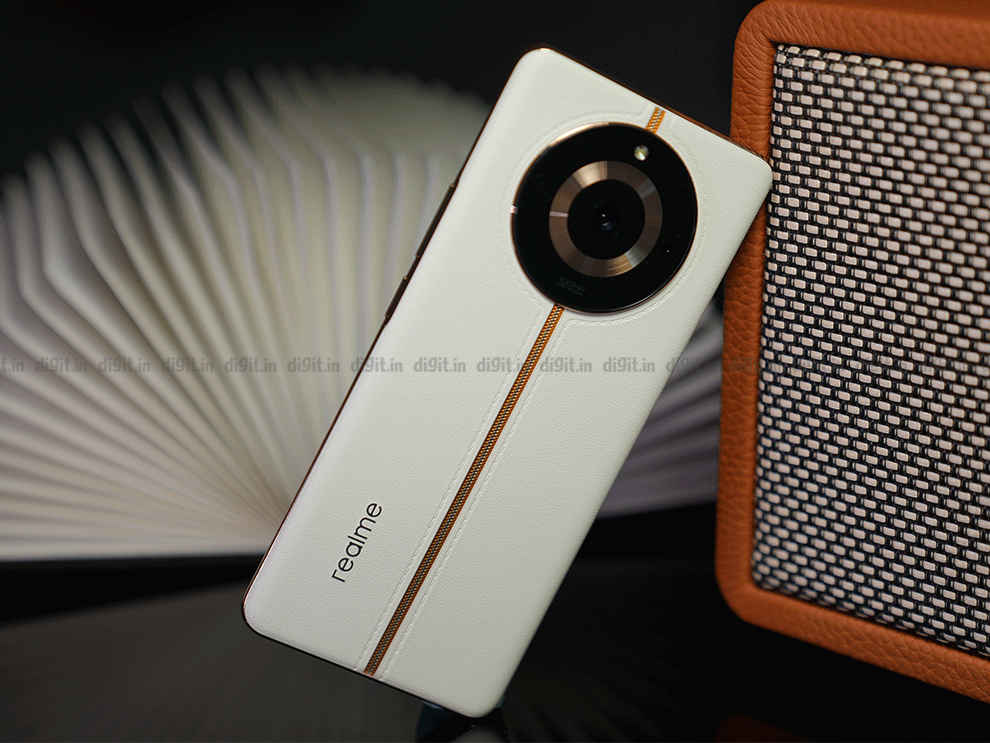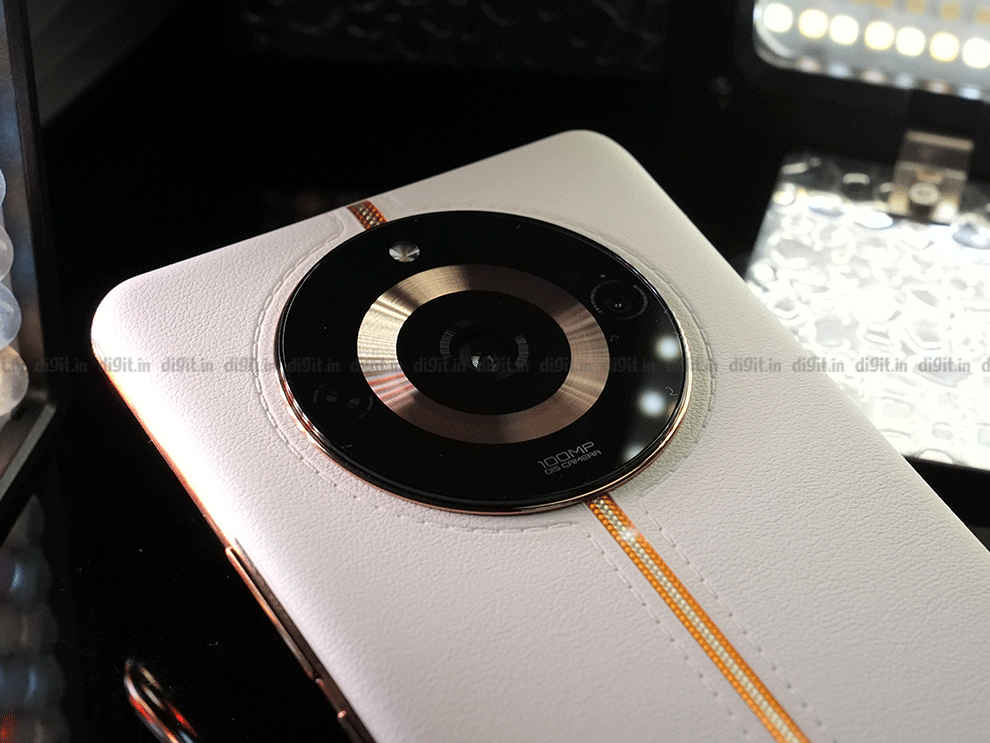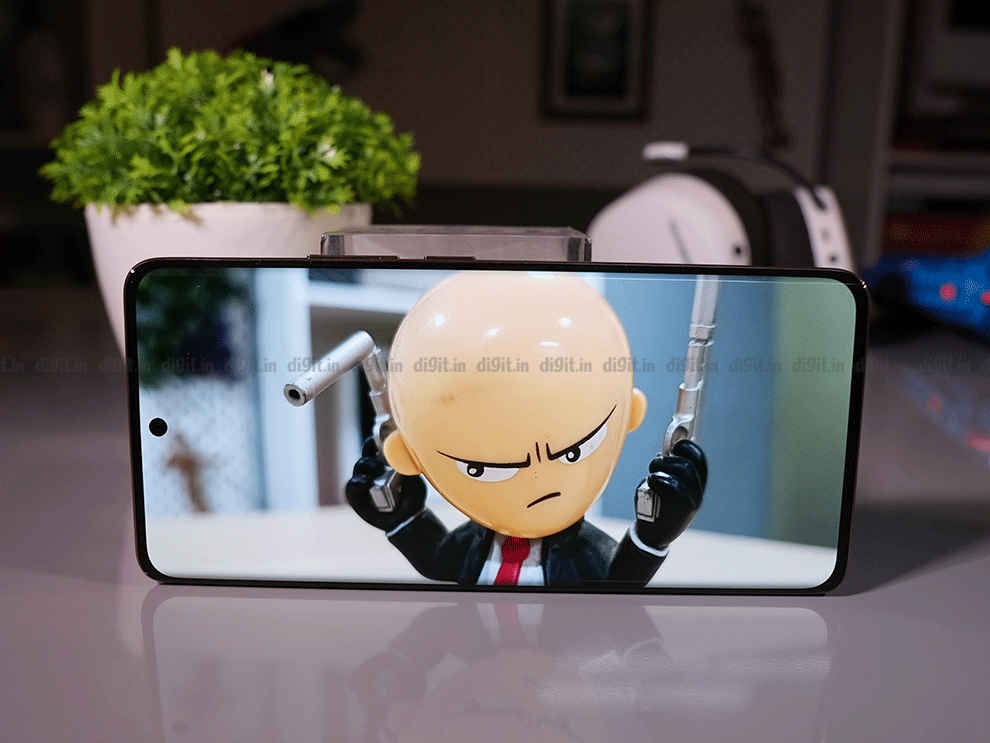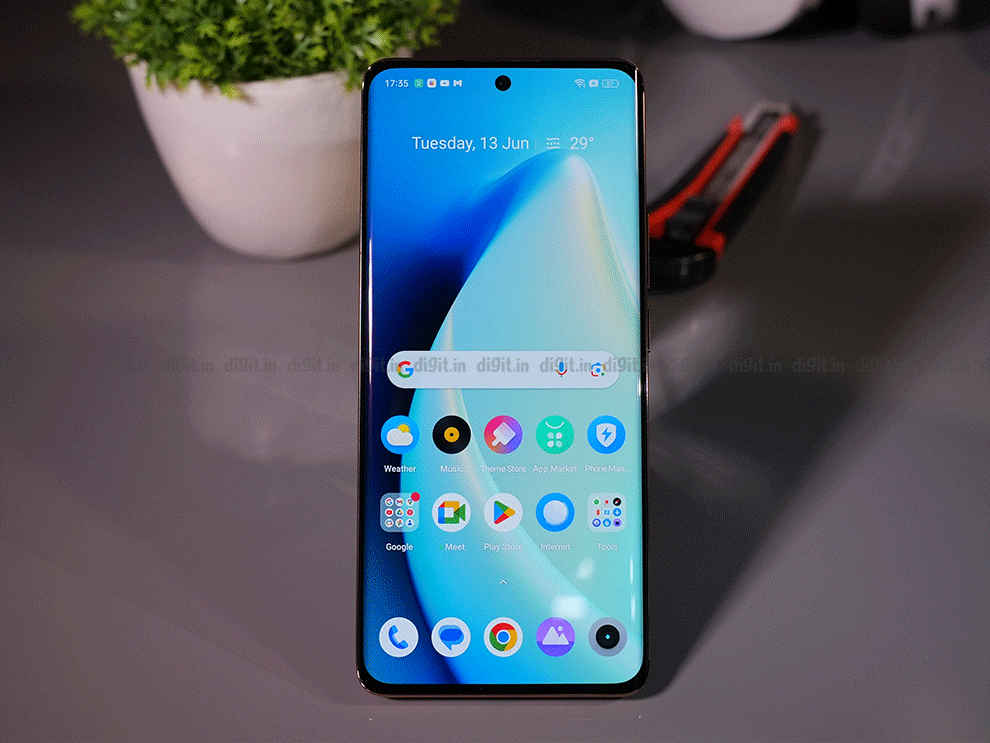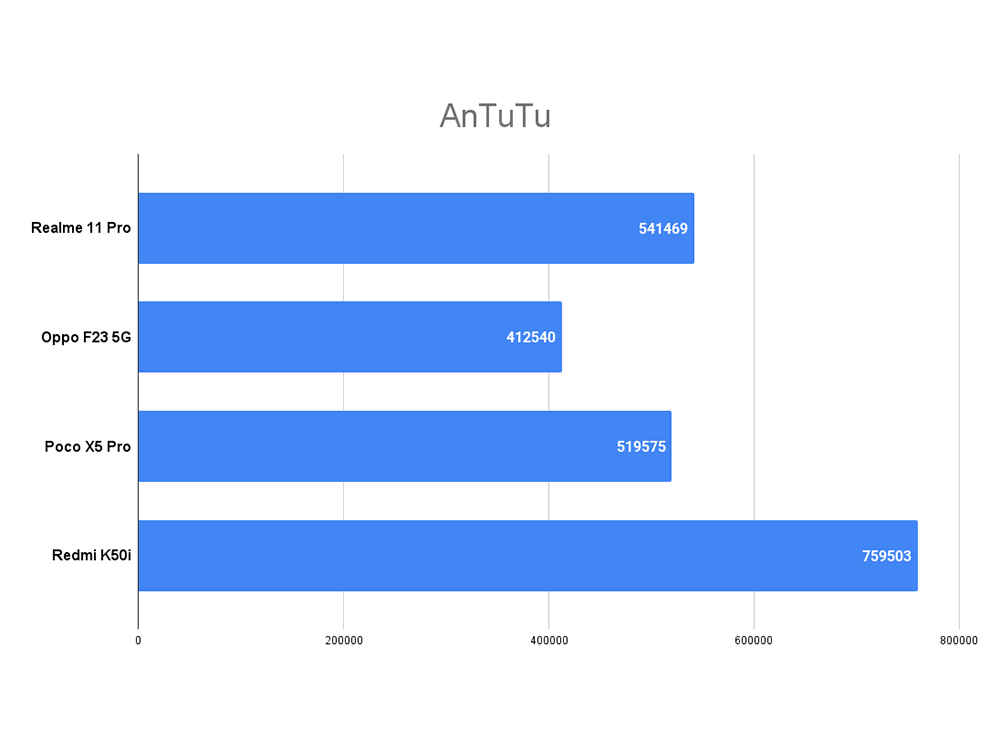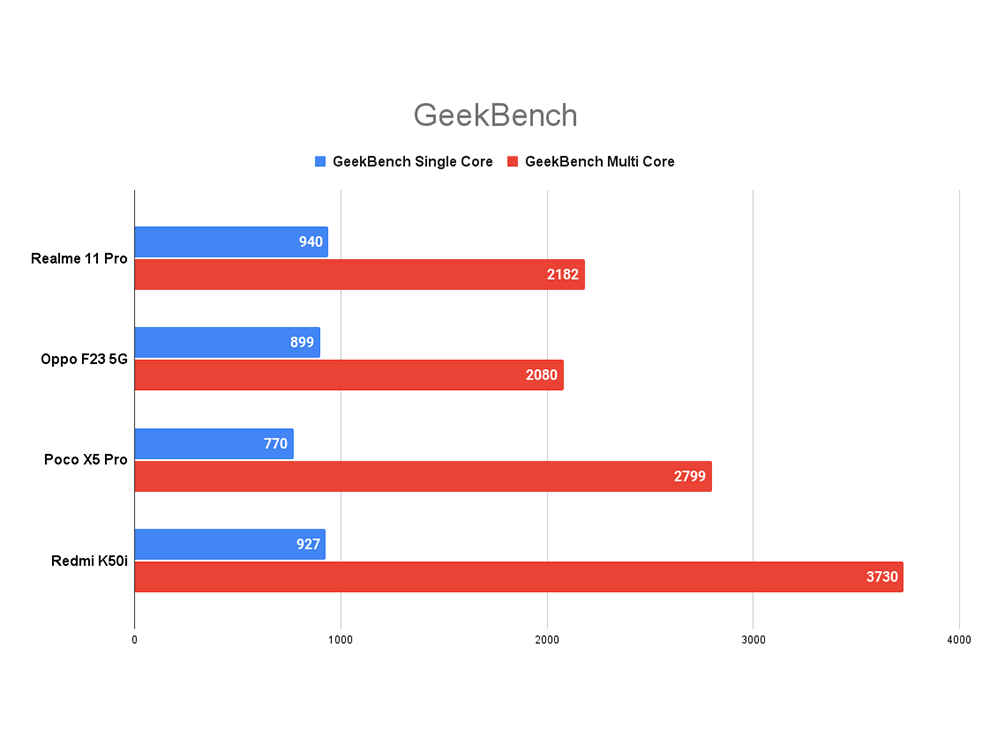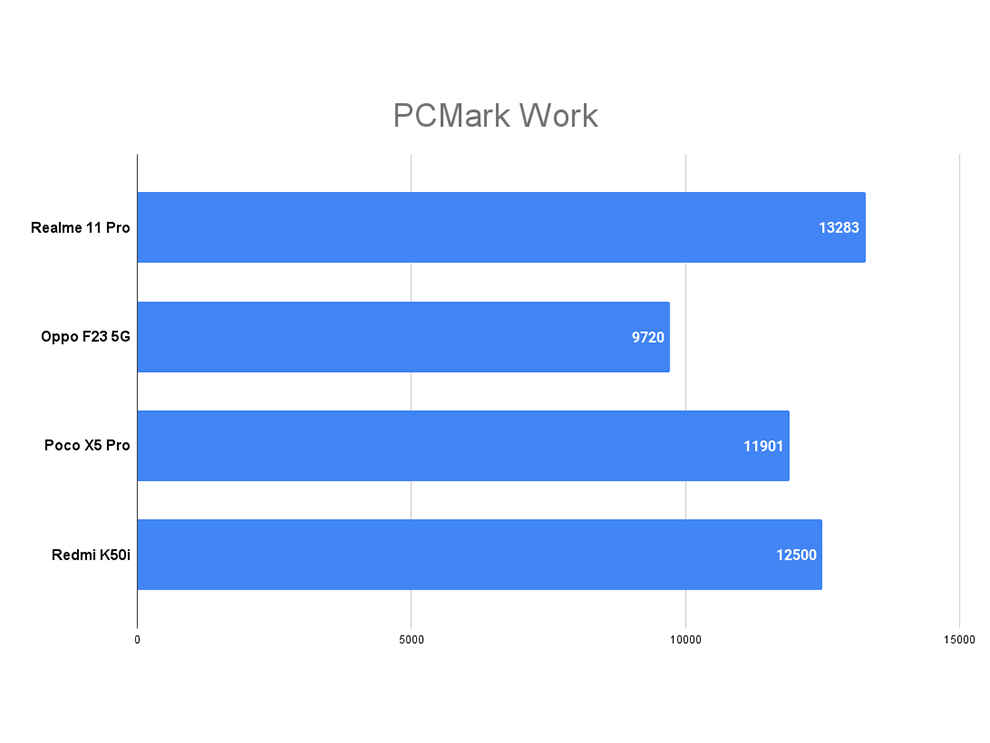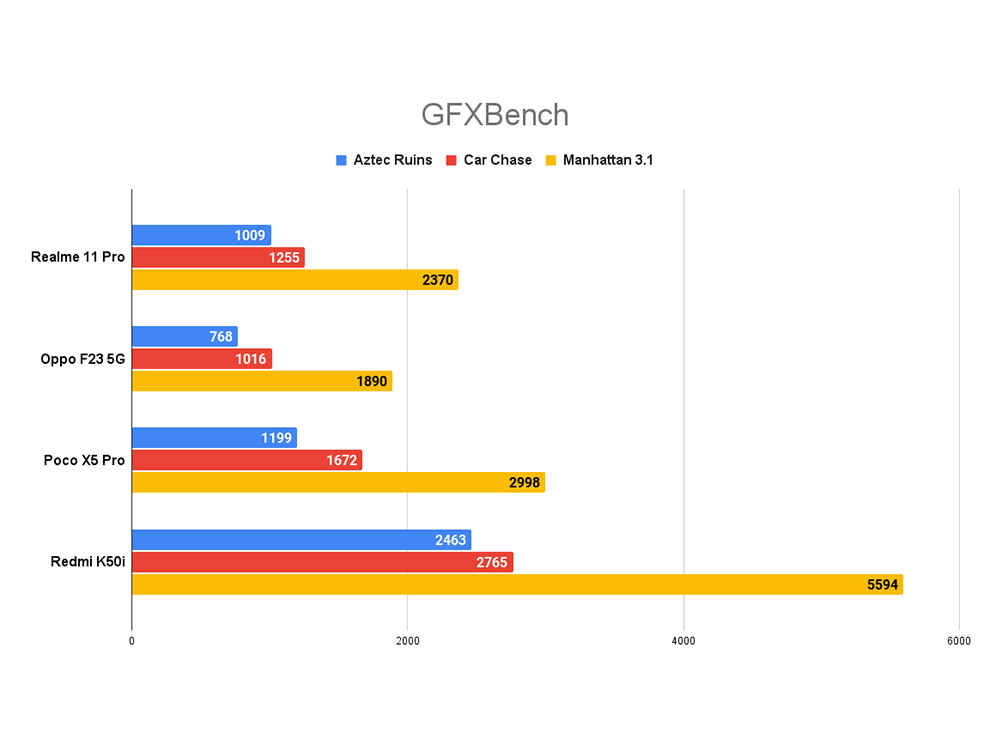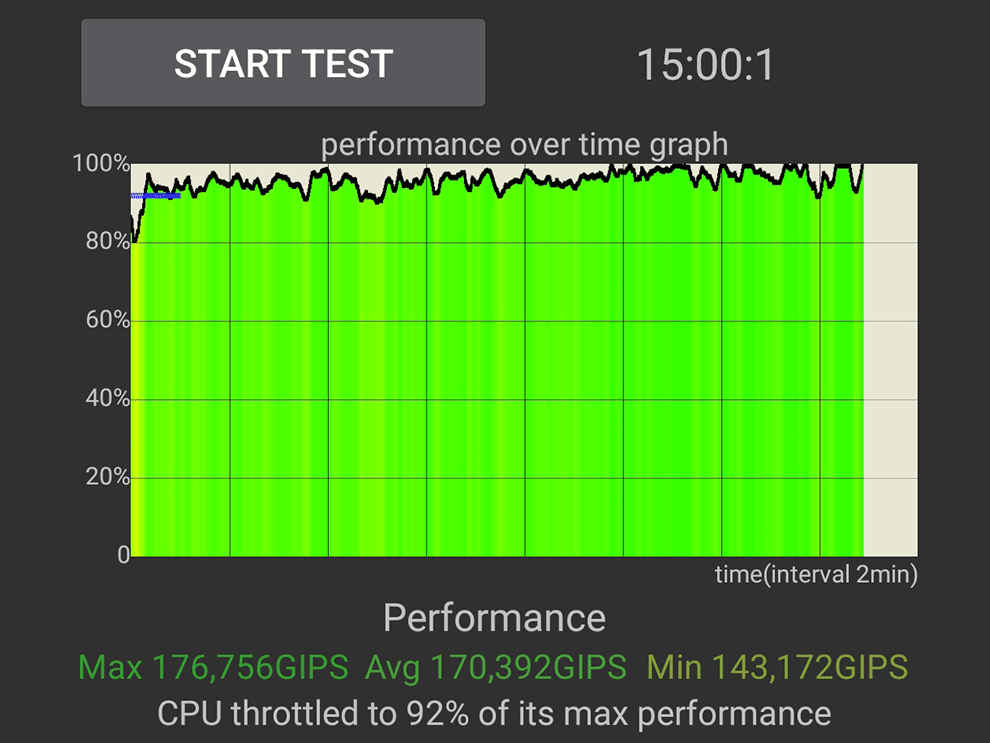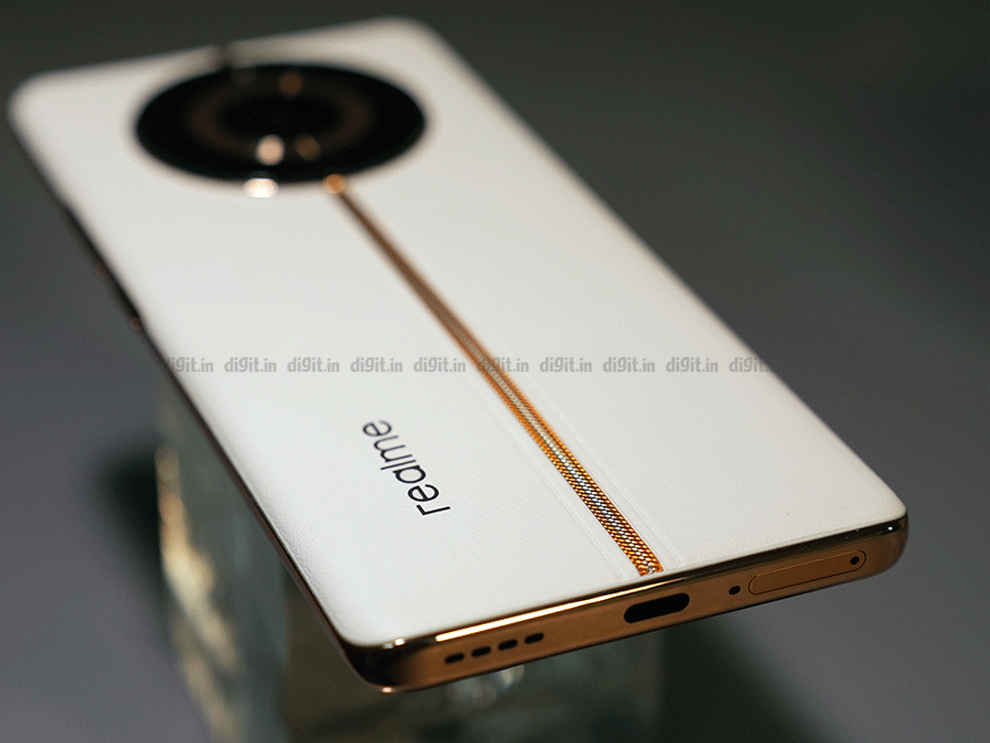The Amazon Echo Pop is another solid addition to the Echo family of smart speakers by Amazon. Priced slightly below the Echo Dot (5th Gen), it makes for an interesting offering for folks who are looking to get started on their adventures with a smart speaker. The other standalone smart speaker that comes close to the Echo Pop is the Google Nest Mini, which retails at a much lower price than this. But, its limited capacity as a speaker and some knicks here and there make it lose ground in the race against the Echo Pop, which makes for a really interesting entry into the smart speaker market. Now, if you have the budget, I would say go for the more loaded Echo Dot (5th Gen), but otherwise, the Echo Pop should be enough for you.
The Amazon Echo Pop showed up at the Digit Test Centre a couple of weeks ago. A few days into the testing, I had written a first impressions article about the device, detailing my initial thoughts about the cheapest current-gen smart speaker in Amazon’s line-up of Echo devices. There were some doubts and questions I had when writing that article, which were all cleared up when I put the speaker through our rigorous test process. So, now having thoroughly tested the Echo Pop over the last couple of weeks, here’s what I think about the device –
Amazon Echo Pop: Build and DesignThe build quality of the Echo Pop is solid, and it is aesthetically very pleasing, and it fits into my office desk setup with ease. If you are placing the device in an open environment, then the mesh of the device might collect some dust which can be easily cleaned off using a soft-bristled brush. When you are playing music, the feet at the bottom of the device hold it in place, and coupled with the weight of the Echo Pop, there’s negligible rattle.
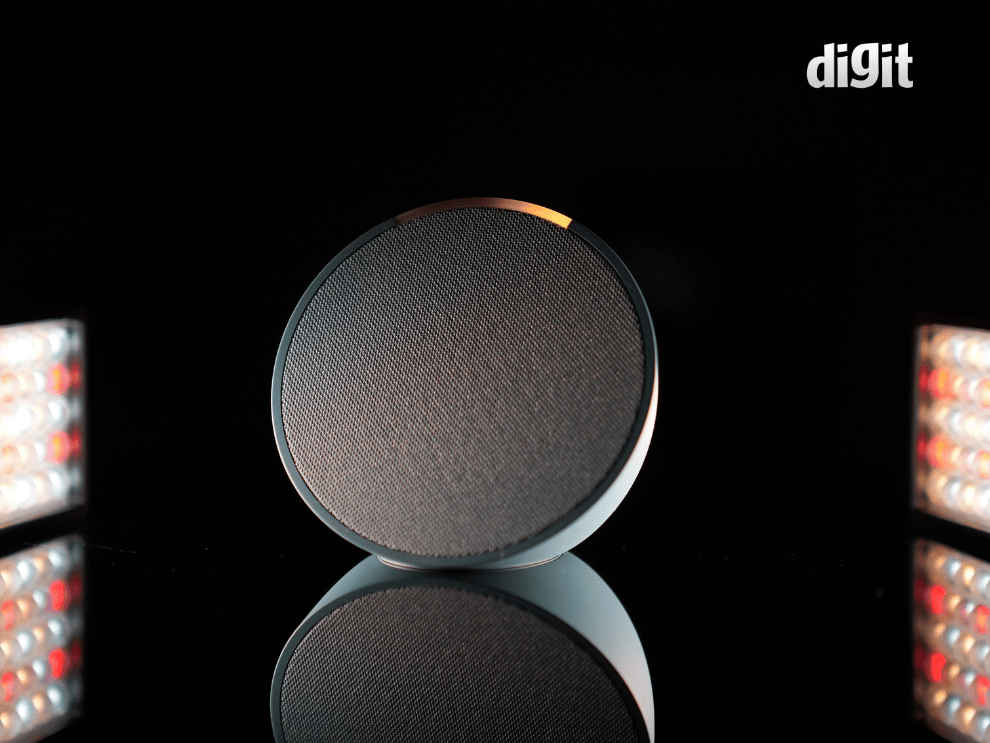
I placed it on a variety of surfaces, played bass-heavy music at max volume, and the device did not rattle or move from its place at all. There were a couple of instances where the device was moved from its position unknowingly by the folks here at the Test Centre, but the cable stayed connected, and the device did not incur any damage. Apart from that, there was no visible degradation of any materials used in making the Amazon Echo Pop, and it looks like if maintained well, it would last you a while. Just make sure not to use any abrasive cleaners on its surfaces.
Amazon Echo Pop: FeaturesAs mentioned in the first impressions article, the feature set on the Echo Pop is limited. When I tested the device thoroughly, it was established that these features are well implemented as well. The inter-device connectivity of the speaker is also solid, and when turned off and turned on again, it doesn’t take long to connect to the Wi-Fi network. I had mentioned in my first impressions article that the device at times had issues when communicating with other connected speakers, but over time, the issue seems to have resolved itself.
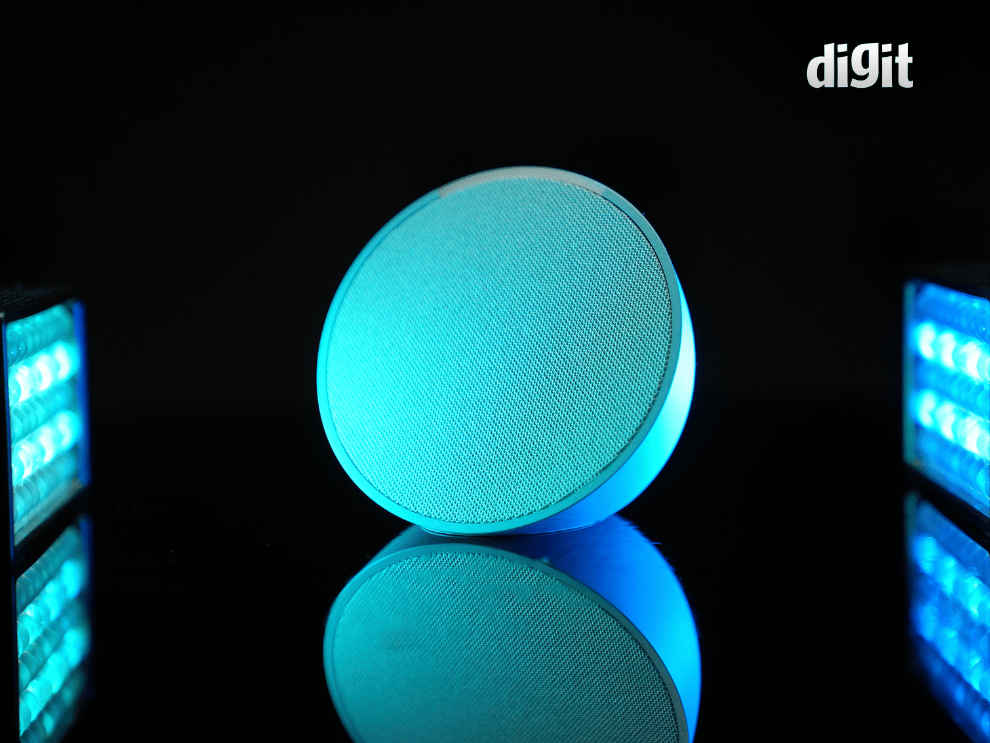
However, there were a couple of instances where it was surrounded by multiple boxes and gadgets on my desk, and it took a bit longer to establish a connection with the Wi-Fi, but it did happen. I did not experience any unexpected drops in the connection as well.
The Echo Pop uses the Amazon Alexa app, which I spoke volumes about in my review of the Amazon Echo Dot (5th Gen, 2023). The same continues here. There are plenty of customisation options baked in which you can spend hours playing with and ensuring that the device is configured exactly to your taste. My only gripe with the app continues here – the interface can be slightly overwhelming for first-timers. Quoting from my other review – “There are instructions every step of the way for the most part, but when they are missing, people can find themselves looking for that one specific setting for a fairly long time.”
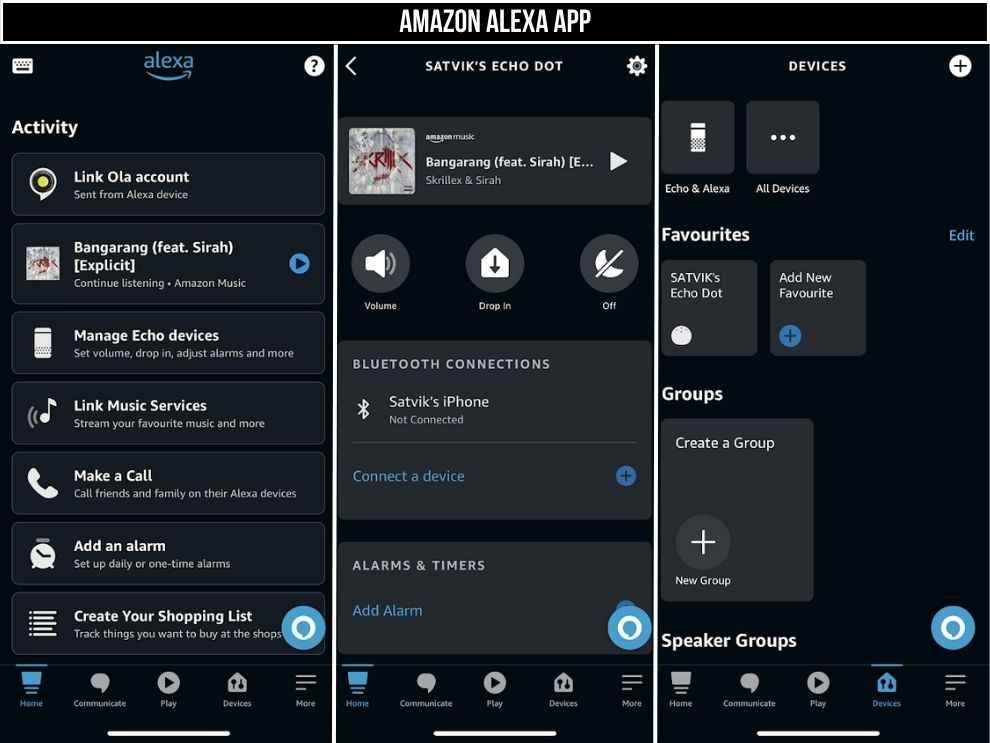
This is more of a thing that Amazon needs to pay attention to because this is the entry-level Alexa-powered smart speaker that they sell. So, there will be plenty of people buying the speaker who are starting out with smart speakers for the first time. This means that the chances of users finding themselves lost are higher than it was with the Echo Dot.
With that aside, the overall feature set is exactly what one would expect from a device that is positioned like the Echo Pop.
Amazon Echo Pop: PerformanceIn terms of performance, the Amazon Echo Pop matches up to the expectations set by its pricier cousins. Be it vocal-heavy tracks or ones belonging to genres like Bollywood, hip-hop, and EDM, the speakers output a sound that you would expect from a speaker of this size. One thing I felt during listening to some bass-heavy tracks was that despite the heavy advertisement from Amazon about the bass-heavy nature of the sound, the speaker’s sound signature lacked the bass.
This is out of the box experience that I am talking about. If you go into Amazon Alexa app and change settings in the equaliser, you can get some decent amount of bass in the audio, but otherwise, you will be left looking for that thump from the speaker. The speaker is loud enough to fill up a small room, but don’t expect it to be the primary audio source for your next party. Other than that, be it podcasts or music from the most popular genres, I doubt you will have anything to complain about with this speaker.
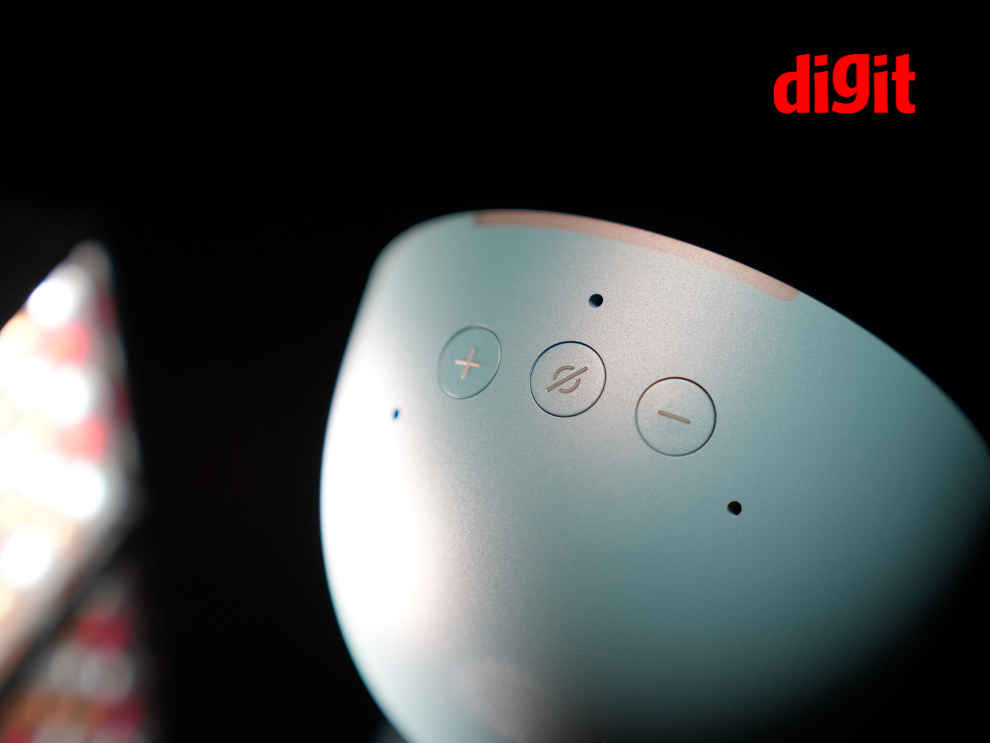
Now, coming to the Alexa functionality and its precision. Here at the Test Centre, we test smart speakers with the following parameters (for voice commands) –
Human close to the speaker in a quiet room, Human close to the speaker with music playing from the speaker at 50 per cent volume, Human 10 feet away from the speaker standing in a quiet room, and Human 10 feet away from the speaker with music playing from the speaker at 50 per cent volume.In all these conditions, the speaker, as prefaced at the start of this section, lived up to the expectations I had, having tested its pricier cousin, the Echo Dot (5th Gen). The responsiveness was on point in each one of these scenarios, and apart from minor hitches here and there where I had to repeat the commands for the Echo Pop to pick them up properly, the speaker picked up all the commands I sent its way. I won’t be commenting much on the responses generated by Alexa, as it is a completely different story altogether. Let’s reserve that for some other day.
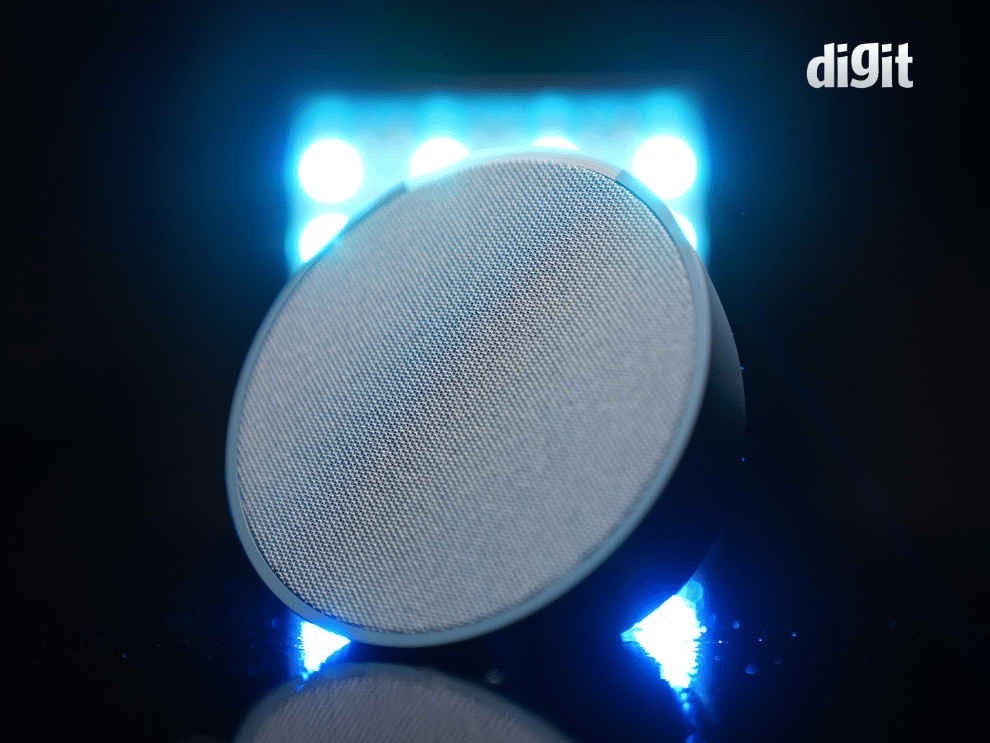
The Amazon Echo Pop is another solid addition to the Echo family of smart speakers by Amazon. Priced slightly below the Echo Dot (5th Gen), it makes for an interesting offering for folks who are looking to get started on their adventures with a smart speaker. The other standalone smart speaker that comes close to the Echo Pop is the Google Nest Mini, which retails at a much lower price than this. But, its limited capacity as a speaker and some knicks here and there make it lose ground in the race against the Echo Pop, which makes for a really interesting entry into the smart speaker market. Now, if you have the budget, I would say go for the more loaded Echo Dot (5th Gen), but otherwise, the Echo Pop should be enough for you.
from Audio Video Reviews https://ift.tt/LGCqcxV
